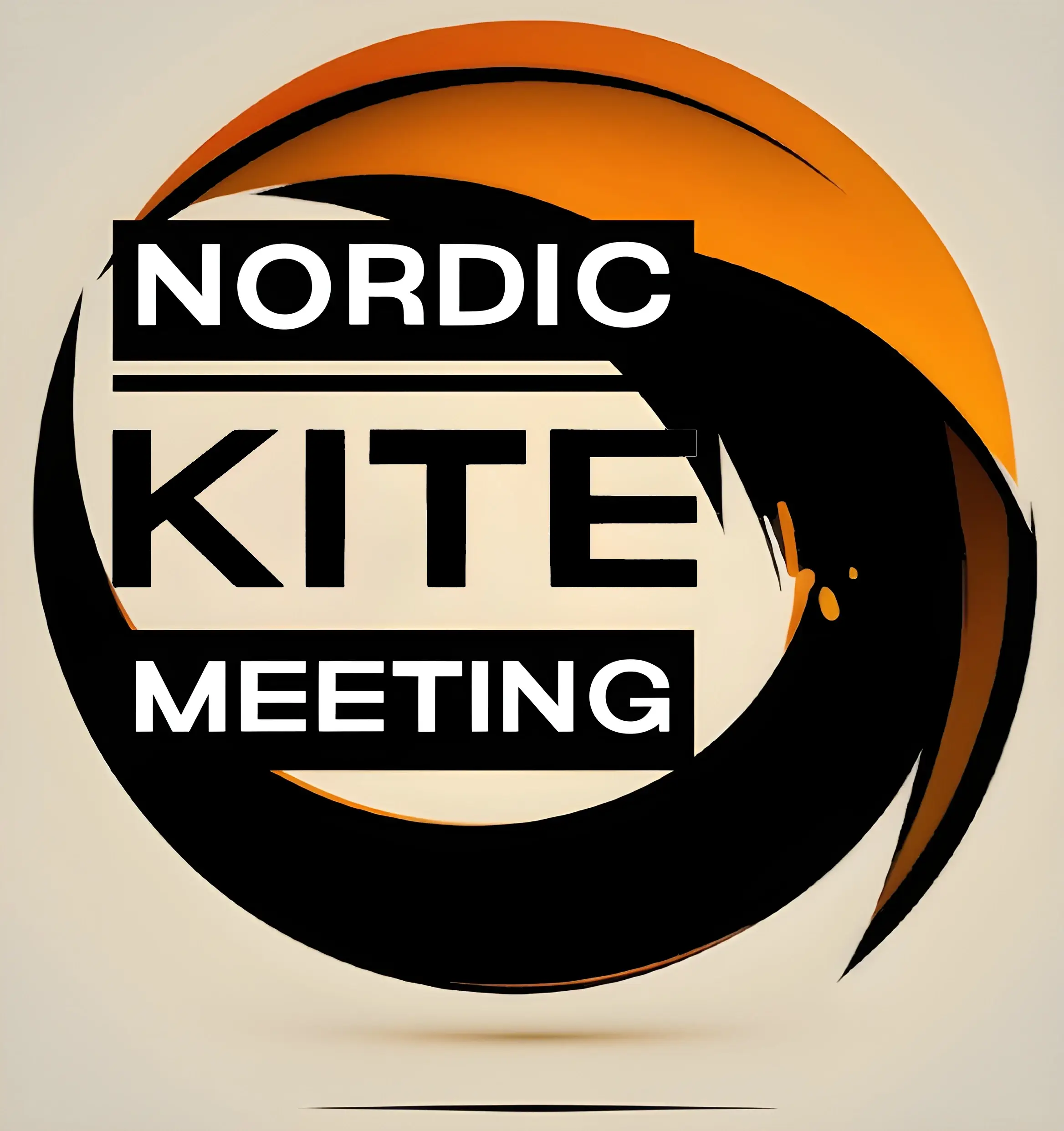The Plan A can be more or less anything. One day I might focus on stable inverted hovers and slides, another day I’m into painting a geometric shape in the air. Or trying to nail clockwork rotations, or testing out if my routine sketches are flyable, or …. Yes I could gon on for quite some time. 😉
But I won’t bother you with that. This time I’d like to tell you a little about how I warm up to Plan A. ’cause that’s kinda important IMO.
After having decided on what lines and kite will be the best choice for the wind and the flying area, I …. yeah, take off!
I fly the kite a little all around the wind window, to the right, to the left, up there at the top and down there close to the ground. This way I get the feel of what the wind is like all over the window. Sometimes I decide to opt for another kite that I think would be a better choice based on this initial flying.
Then I must have my body up and running, sometimes literally. 😉 Waking up the muscle memory so to speak.
I start to do more specific stuff with the kite, like power-dives, bicycle rotations, snappy 90° turns, stops, hovers, alternating forwards and backwards flying and mirroring the moves. Oh yes, I almost forgot…. tossing in an Axel or twenty-nine as well!
After about ten minutes, give or take, I’m ready for the more serious flying, or Plan A if you like.
In the video below, you will see Yours Truly warming up for Plan A yesterday.





One Response
First of all, where did you get hold of all those zombie walkers in the background not seeing the skilled piloting? At 3:10 they are even pointing in the wrong direction!! 🙂
# Ways to Practice
I look forward to see your plan A, but the warming up was not bad either! Would the plan A be the five repetitions or more like a full routine (OK, I’ll wait for the next post)?
Myself, I’m not that organized enough to split the session in parts (though I notice that things tend to go better some minutes into the session). Improvising here and there yes, but I try not to leave the field without having practised all current things ”of importance” + the standard stuff. Yet, I do forget though, I should bring a note saying try one hand flying or widen the wind window by low wind techniques etc…
One thing remains constant for me though: never forget about the repetitions while minimizing the imperfections while at the same time trying to remember to feel the kite (through the lines) and thinking of the sail as a surface/wing.
## Identifying Difficulties
Perhaps the closest to the warming up phase for me is to identify/remind oneself about the difficulties/imperfections/weaknesses (perhaps through some new angle/variety), but this is more a multi session thing that can happen during any part of a session. It could be looking for things like wobbling while making sudden stops in any direction, e.g. finding that top right corner of a square that is a bit worse than the other corners, the bottom left corner of a lying diagonal figure eight of 90 deg (diagonal) corners overshooting the 90-deg a bit or that the horizontal wing tip pivot ladders looks worse when performed with the kite being turned below a horizontal line than above (especially in hard wind)… It could be finding a one-session-thing to repeat like e.g. going back and fourth landing/staring from a table with a wing tip pivot, then going to the edge of the wind window and then turn back to the table with a 180deg team turn again and again…
## More Repetitions
I like that it is so quick to repeat (a part of) an exercise with a QLK, e.g. you can quickly go through one of the wing tip pivots of a wing tip ladder to get five repetitions. For a dual line kite the corresponding thing would perhaps be a half axle cascade? Also (if one would know how to) a series of back spins, flick flacks and the Jacob’s ladder is naturally repetitive. But if/when you fail you need to set it up for the trick again. Compare that to a clock work or a wing tip pivot (of a QLK), you can just go on and on. If you don’t execute them well the kite won’t tumble towards the ground, but you can instead just go on with the practising.
On the other hand precision and figure practice with a DLK should be close to the ”practice efficiency” of QLKing. When starting with QLK I got more methodical in the training of any aspect. I used the John Barresi practice video series so I don’t know how it would have been to learn without them – i.e. if it was because of the video series that I practised methodically or to some degree if it is a more natural way of practising with a QLK. See if I can continue with that when I continue more with DLKs again (some day…).
## Use the Whole Wind Window
Great idea to check the wind window at an early stage. I have a tendency to end up low both for QLKs and DLKs because it is more comfortable especially for long sessions so perhaps to higher (qualifies as a pun?) degree remind myself about those upper parts.